Home>Articles>How Do You Know If You Have An Induction Cooktop
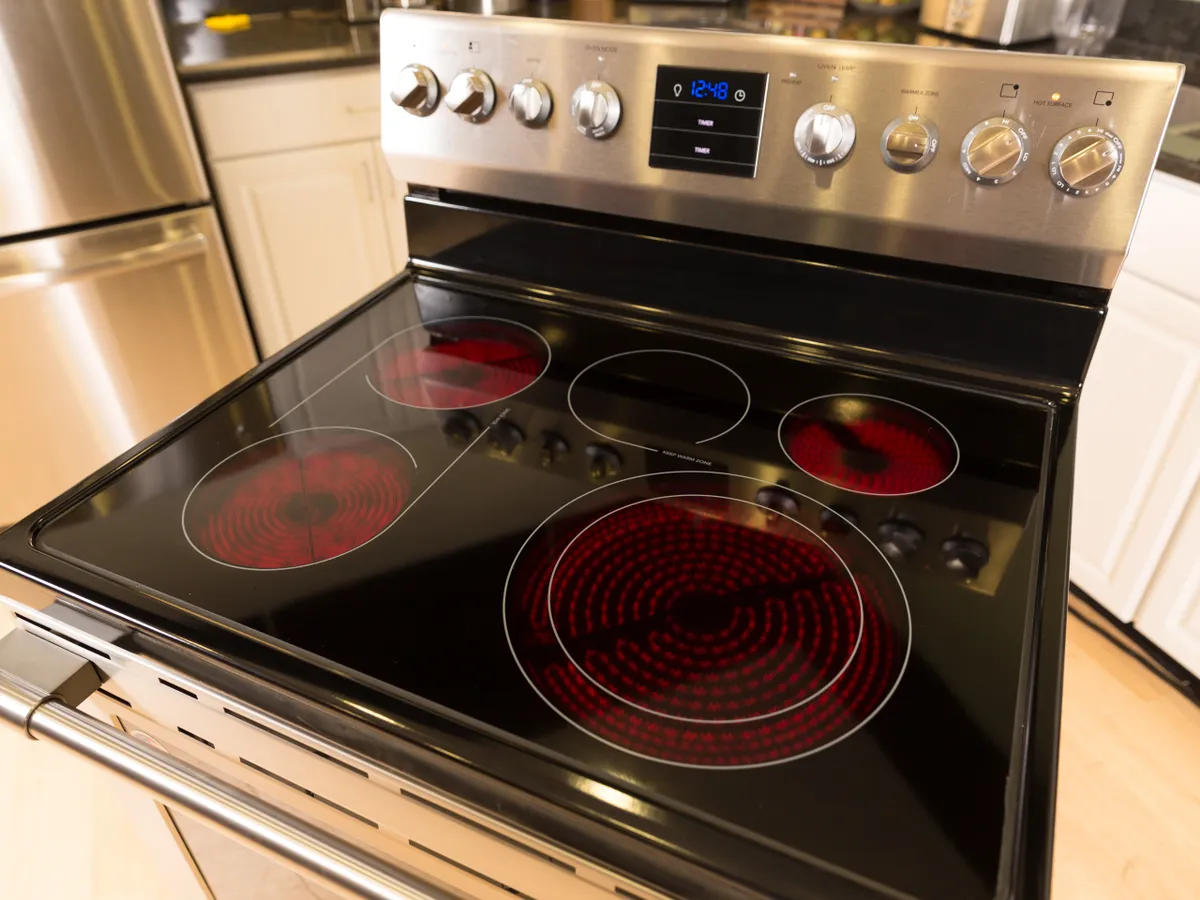

Articles
How Do You Know If You Have An Induction Cooktop
Modified: May 6, 2024
Discover if you have an induction cooktop with our helpful articles. Learn about the benefits and features of this energy-efficient cooking technology.
(Many of the links in this article redirect to a specific reviewed product. Your purchase of these products through affiliate links helps to generate commission for Storables.com, at no extra cost. Learn more)
Introduction
An induction cooktop is a modern and efficient cooking appliance that has gained popularity in recent years. With its sleek and innovative design, an induction cooktop offers a unique cooking experience compared to traditional gas or electric cooktops.
Induction technology uses electromagnetic fields to generate heat directly in the cookware, making the cooktop itself cool to the touch. This not only improves safety but also increases energy efficiency as there is minimal heat loss during cooking. So how do you know if you have an induction cooktop?
In this article, we will explore the characteristics and features of induction cooktops, as well as some simple ways to identify if you have one in your kitchen. Whether you’re a cooking enthusiast curious about the technology or a homeowner looking for an upgrade, understanding the basics of induction cooktops will help you make informed decisions.
So, let’s dive into the world of induction cooktops and discover what sets them apart from other types of cooktops!
Key Takeaways:
- Induction cooktops offer rapid heating, precise temperature control, and enhanced safety features. Look for a smooth glass surface, touch controls, and compatibility with magnetism to identify if you have an induction cooktop in your kitchen.
- Consider the benefits and features of induction cooktops, such as energy efficiency and sleek design, when choosing a cooktop. Explore alternative options like gas, electric coil, smooth top, dual-fuel, and solid-element cooktops to find the best fit for your cooking style and preferences.
Read more: How Do You Know If You Have Bed Bugs
What is an Induction Cooktop?
An induction cooktop is a type of cooking appliance that uses electromagnetic fields to directly heat the cookware. Unlike traditional gas or electric cooktops that use thermal conduction, induction cooktops heat the cooking vessel through the generation of magnetic currents.
Induction technology works by creating a magnetic field that induces an electric current in the cookware. This current then generates heat within the cookware itself, allowing for precise and efficient cooking. The heat is only generated where the cookware comes into contact with the cooktop surface, ensuring minimal energy wastage.
One of the distinguishing features of induction cooktops is their rapid heating capability. Thanks to the direct heat transfer, induction cooktops can heat up significantly faster compared to conventional cooktops. This feature is especially useful when you’re in a rush or want to bring water to a boil quickly.
Induction cooktops also offer precise temperature control. Most induction models have adjustable heat levels and even specific settings for different cooking methods such as simmering or searing. This level of control allows for greater accuracy in cooking and reduces the risk of overheating or burning your food.
Another standout feature of induction cooktops is their safety benefits. Since the heat is generated directly in the cookware, the surface of the cooktop remains relatively cool. This makes it much safer to touch and significantly reduces the risk of burns or accidental injuries. Additionally, because there are no open flames or combustible materials involved, the risk of kitchen fires is greatly diminished.
With their modern appearance and advanced technology, induction cooktops have become increasingly popular in both modern and traditional kitchens. Their efficient and precise cooking capabilities, along with their enhanced safety features, make them a top choice for homeowners and professional chefs alike.
Now that we’ve explored what induction cooktops are, let’s delve deeper into the benefits they offer.
Benefits of Induction Cooktops
Induction cooktops offer a plethora of benefits that make them a superior choice for modern kitchens. Let’s take a closer look at some of the advantages of using an induction cooktop.
1. Energy Efficiency
Induction cooktops are highly energy-efficient compared to traditional gas or electric cooktops. Since the heat is generated directly in the cookware, there is minimal heat loss, resulting in faster cooking and less wasted energy. This efficiency not only saves you money on your energy bills but also reduces your carbon footprint.
2. Precise Temperature Control
Induction cooktops offer precise temperature control, allowing you to dial in specific temperatures for different cooking tasks. This level of control is especially valuable when working with delicate recipes that require precise heat adjustments. You can easily simmer, sauté, or melt ingredients without the risk of scorching or overheating.
Read more: How To Install Induction Cooktop
3. Faster Cooking Time
Thanks to the direct transfer of heat, induction cooktops heat up much faster than traditional cooktops. This means you can start cooking almost immediately, saving you valuable time in the kitchen. Whether you’re boiling water or searing meat, an induction cooktop can significantly reduce your overall cooking time.
4. Safety
Induction cooktops are safer to use compared to gas or electric cooktops. The absence of open flames eliminates the risk of gas leaks or flare-ups, making them a safe option for homes with children or elderly individuals. Additionally, since the cooktop surface remains cool during cooking, the risk of accidental burns or injuries is greatly reduced.
5. Easy to Clean
Cleaning an induction cooktop is a breeze. Since the surface itself doesn’t get hot, spills are less likely to stick and burn onto the surface. Simply wipe away any mess with a damp cloth or sponge, and your cooktop will look as good as new. Some models even come with a smooth, ceramic surface, making cleaning even easier.
6. Sleek and Modern Design
Induction cooktops are known for their sleek and modern design, which can elevate the overall aesthetics of your kitchen. With their smooth glass surfaces and minimalist controls, induction cooktops blend seamlessly with any kitchen style, whether it’s contemporary or traditional.
These are just a few of the many benefits that induction cooktops offer. From energy efficiency to precise temperature control, induction cooktops provide an enhanced cooking experience that is both convenient and safe.
Now that we’ve explored the benefits, let’s take a closer look at the physical features of induction cooktops.
Physical Features of Induction Cooktops
Induction cooktops are designed to provide a sleek and modern appearance while also offering practical features for a seamless cooking experience. Let’s explore the physical features that make induction cooktops a standout addition to any kitchen.
1. Glass Surface
Most induction cooktops feature a smooth glass surface that adds a touch of elegance to your kitchen. The glass surface is not only visually appealing but also easy to clean. It provides a durable and heat-resistant platform for your cookware while enhancing the overall aesthetic of the cooktop.
2. Cooking Zones
Induction cooktops typically come with multiple cooking zones of varying sizes. These zones allow you to use different pot and pan sizes simultaneously, providing flexibility and convenience during cooking. The cooking zones are marked with indicators on the cooktop surface, making it easy to identify and utilize the specific area for each pot or pan.
3. Touch Controls
Instead of traditional knobs or dials, induction cooktops often feature touch controls for easy and precise temperature adjustments. These touch controls are located on the surface of the cooktop and offer intuitive operation. With just a swipe or a tap, you can adjust the heat level or activate specific settings, making it a user-friendly interface for seamless cooking.
Read more: How To Know If You Have Rats In Your Attic
4. Safety Features
Induction cooktops are equipped with various safety features to provide peace of mind while cooking. Some common safety features include child lock functions, which prevent accidental adjustments to the cooking settings, and overheating protection, which automatically shuts off the cooktop if it detects excessive heat. These features ensure a safe and worry-free cooking experience.
5. Integrated Timer and Timer Lock
Many induction cooktops come with built-in timers that allow you to set a specific cooking duration for each zone. This feature is particularly useful for recipes that require precise timing. Additionally, some cooktops offer a timer lock function, which locks the timer setting to prevent accidental adjustments, ensuring your dishes are cooked to perfection.
6. Power Boost Function
Some induction cooktops are equipped with a power boost function that provides an extra burst of heat for rapid cooking. This feature is ideal for bringing water to a boil quickly or for searing meats at high temperatures. The power boost function allows you to save time without compromising on cooking performance.
These are just a few of the physical features that you may find on an induction cooktop. The combination of a stylish glass surface, touch controls, safety features, timers, and power boost functions makes induction cooktops versatile and user-friendly.
Now that we understand the physical features, let’s delve into how induction cooktops work their magic in the kitchen.
How Induction Cooktops Work
Induction cooktops utilize innovative technology to create a highly efficient and precise cooking experience. Unlike traditional cooktops that rely on thermal conduction, induction cooktops work by generating electromagnetic fields to heat the cookware directly. Let’s take a closer look at the science behind induction cooking.
Induction cooktops consist of a series of tightly wound copper coils beneath the glass surface. When an electrical current passes through these coils, it creates an alternating magnetic field. This magnetic field is responsible for generating heat in the cookware.
In order for induction cooking to work, the cookware must be made of a ferromagnetic material, such as cast iron or stainless steel. These materials contain iron, which is responsive to magnetic fields. Non-magnetic materials like copper or aluminum will not work on induction cooktops unless they have a magnetic layer on the bottom.
When a ferromagnetic pot or pan is placed on the induction cooktop, the alternating magnetic field induces an electric current in the cookware itself. This electric current, in turn, generates heat due to the resistance of the material. The heat is then transferred from the cookware to the food, allowing for efficient and precise cooking.
It’s important to note that induction cooktops only heat the cookware and its contents, not the surface of the cooktop itself. This is because the magnetic field is focused on the ferromagnetic material, creating a safe cooking environment. As a result, the cooktop remains relatively cool to the touch, reducing the risk of accidental burns or injuries.
Another unique feature of induction cooktops is their ability to adjust heat levels quickly and accurately. The response time is nearly instantaneous, allowing for precise temperature control. When you adjust the heat setting on an induction cooktop, the magnetic field adjusts as well, resulting in immediate changes in the cooking temperature.
The efficiency of induction cooktops is worth noting as well. Since the heat is generated directly in the cookware, there is minimal energy wastage. The transfer of heat is also more efficient compared to traditional cooktops, which lose heat to the surrounding environment. This energy efficiency not only saves you money but also reduces overall cooking time.
With their advanced electromagnetic technology, induction cooktops provide a fast, precise, and energy-efficient cooking experience. Understanding how induction cooktops work allows you to fully appreciate their benefits and make the most of this innovative kitchen appliance.
Now that we know how induction cooktops work, let’s explore some simple ways to identify if you have an induction cooktop in your kitchen.
Identifying an Induction Cooktop
Identifying an induction cooktop in your kitchen can be done through a few simple observations and considerations. Here are some key factors to look for:
1. Cookware Compatibility
The first clue that you may have an induction cooktop is the type of cookware you use. Induction cooktops require cookware made of ferromagnetic materials such as cast iron or stainless steel. To check if your cookware is compatible, place a magnet on the bottom of your pots and pans. If it attracts and sticks to the cookware, it is suitable for induction cooking.
2. Smooth, Glass Surface
Most induction cooktops feature a smooth, glass-ceramic surface. This sleek and seamless design is a common characteristic of induction cooktops. Look for a flat surface without any visible coils or burners, as these are often indicative of traditional gas or electric cooktops.
3. Touch Controls
Induction cooktops typically have touch controls integrated into the glass surface. These touch controls allow you to adjust the heat levels and activate various features. Look for a panel of touch-sensitive buttons or sliders on the front or sides of the cooktop.
Read more: Why Induction Cooktop Is Bad
4. Power Source
Check the power source of your cooktop. Induction cooktops require electricity to function, so if your cooktop is solely powered by electricity and not connected to a gas line, there is a higher chance it is an induction cooktop.
5. Manufacturer’s Label
Look for a manufacturer’s label or logo on your cooktop. Induction cooktops are often labeled as such by the manufacturer. This information may be located on the front, sides, or back of the cooktop. If you have the user manual or documentation for your cooktop, it can also provide confirmation of its induction cooking capabilities.
By considering these factors and making visual observations, you can reasonably identify if you have an induction cooktop in your kitchen. However, if you are still unsure, it is always best to consult the manufacturer or refer to the product specifications for definitive confirmation.
Now that we know how to identify an induction cooktop, let’s explore some simple methods for testing if your cooktop is indeed induction-based.
Testing for Induction Cooktops
If you want to confirm whether your cooktop is an induction cooktop, there are a few simple tests you can perform. These tests will help you determine if your cooktop uses induction technology or another method of heat transfer.
1. Magnet Test
The magnet test is one of the easiest and most effective ways to determine if your cooktop is induction-based. Take a magnet and place it near the surface of your cooktop. If the magnet sticks to the surface, it indicates that induction technology is present. This is because induction cooktops use magnetic fields to heat the cookware, which attracts the magnet.
Read more: How To Use Summit Induction Cooktop
2. Water Test
Another way to test for induction cooktops is the water test. Fill a small pot or pan with a shallow amount of water and place it on the cooktop. Turn on the burner and observe the reaction. If the water starts boiling or heats up quickly, it is a strong indication that your cooktop is induction-based. Induction cooktops excel in heating water rapidly due to their efficient heat transfer.
3. Heat Responsiveness
Induction cooktops are known for their precise temperature control and rapid heating capabilities. Test the cooktop’s responsiveness by adjusting the heat level. If you notice immediate changes in the heat output, it suggests that your cooktop is induction-based. Traditional cooktops typically have a slower response time when adjusting the heat setting.
4. Lack of Heat when Touched
Due to the nature of induction cooking, heat is primarily generated in the cookware and not the cooktop surface itself. A telltale sign of an induction cooktop is that it remains relatively cool to the touch during cooking. Carefully place your hand near or on the cooktop surface while the burners are operating. If the surface feels cool or only slightly warm, it is likely an induction cooktop.
Performing these simple tests will help you confirm if your cooktop uses induction technology. However, always refer to the manufacturer’s documentation or consult a professional if you still have any doubts or concerns.
Now that we know how to identify and test for induction cooktops, let’s explore some common indicators that can help you distinguish an induction cooktop from other types of cooktops.
Common Indicators of Induction Cooktops
While there are various ways to identify an induction cooktop, certain indicators can help you differentiate it from other types of cooktops. Here are some common signs that can indicate whether you have an induction cooktop:
Read more: How To Use The Bosch Induction Cooktop
1. Lack of Visible Heating Elements
One of the key indicators of an induction cooktop is the absence of visible heating elements. Unlike gas or electric cooktops, induction cooktops feature a smooth glass surface without exposed coils or burners. The lack of visible heating elements is a distinct characteristic of induction technology.
2. Touch Controls
Most induction cooktops come with touch controls integrated into the glass surface. These touch controls allow you to adjust the heat levels, activate various features, and set timers. Touch controls are often accompanied by digital displays to indicate the selected heat level or cooking time.
3. Heat Residual Indicator
Induction cooktops often feature a heat residual indicator. This indicator alerts you when the cooktop surface is still hot, even after the burners have been turned off. It serves as a safety feature, ensuring that you do not accidentally touch or place anything on the hot surface. The heat residual indicator is a common feature found on many induction cooktops.
4. Quick and Efficient Heating
Induction cooktops are known for their rapid and efficient heating capabilities. If your cooktop consistently heats up quickly, reaches high temperatures swiftly, and responds rapidly to adjustments in heat settings, it is likely an induction cooktop. The efficient heat transfer characteristic of induction technology makes it stand out in terms of cooking speed and performance.
Read more: How Do I Know Which Alexa I Have
5. Induction-Specific Cookware Recommendations
Manufacturers often provide recommendations for induction-specific cookware that works best with their induction cooktop models. The presence of such recommendations in the user manual or product specifications is a strong indication that your cooktop is designed for induction cooking.
While these indicators can help you distinguish an induction cooktop from other types, it’s important to note that not all cooktops may exhibit all of these characteristics. If you’re still unsure, consulting the manufacturer or referring to the user manual can provide definitive information about the type of cooktop you have.
Now that we have explored the common indicators of induction cooktops, let’s take a look at some alternative types of cooktops you may encounter in kitchens.
Alternative Types of Cooktops
While induction cooktops offer numerous benefits and cutting-edge technology, there are other types of cooktops commonly found in kitchens. Here are some alternative cooktop options:
1. Gas Cooktops
Gas cooktops are a classic choice in many kitchens. They use a gas flame to heat cookware, providing precise temperature control and immediate heat adjustments. Gas cooktops are favored by professional chefs and cooking enthusiasts for their ability to evenly distribute heat and achieve a high cooking power.
2. Electric Coil Cooktops
Electric coil cooktops feature coiled heating elements that produce heat when electricity passes through them. The elements heat up the metal coils, which then transfer heat to the cookware. Electric coil cooktops are known for their durability and affordability, making them a popular choice for budget-conscious homeowners.
Read more: How Do You Know If Alexa Is Recording
3. Electric Smooth Top Cooktops
Electric smooth top cooktops have a seamless glass-ceramic surface that provides a sleek and modern appearance. These cooktops feature electric heating elements under the glass, which heat up and transfer heat to the cookware. Electric smooth top cooktops are known for their easy cleaning and maintenance, as well as their ability to provide consistent and even heat distribution.
4. Dual-Fuel Cooktops
Dual-fuel cooktops combine the benefits of gas burners and electric ovens. They typically have gas burners on the cooktop surface for precise and instant cooking adjustments, while the oven operates on electricity for consistent baking results. Dual-fuel cooktops are favored by those who prefer the control and efficiency of gas cooking and the precision of electric baking.
5. Solid-Element Cooktops
Solid-element cooktops feature metal heating elements embedded into a solid ceramic surface. These elements heat up and transfer heat to the cookware. Solid-element cooktops are known for their durability and ease of cleaning. They provide even heat distribution and are often found in rental properties or budget-friendly kitchens.
Each type of cooktop has its own advantages and characteristics, catering to different cooking preferences and needs. Whether you value speed and efficiency (induction), precise temperature control (gas), or affordability (electric coil), there is a cooktop option to suit your cooking style.
Now that we have explored the alternative types of cooktops, let’s wrap up our discussion.
Conclusion
Induction cooktops have revolutionized the way we cook by offering a range of benefits that make them a popular choice in modern kitchens. With their efficient heat transfer, precise temperature control, rapid heating capabilities, and enhanced safety features, induction cooktops provide an exceptional cooking experience.
When identifying an induction cooktop, look for the lack of visible heating elements, touch controls, a smooth glass surface, and compatibility with magnetism. Performing simple tests such as the magnet test, water test, and checking for heat responsiveness can also help confirm if you have an induction cooktop.
While induction cooktops offer a wide range of advantages, it’s important to consider alternative types of cooktops as well. Gas cooktops provide immediate heat adjustments and precise temperature control, while electric coil, smooth top, dual-fuel, and solid-element cooktops offer their own unique features and benefits.
Ultimately, the choice of cooktop depends on your personal preferences, cooking style, and budget. Whether you opt for the energy-efficient and sleek design of an induction cooktop or the precise control and instant heat of a gas cooktop, each type has its own merits.
By understanding the characteristics, benefits, and various features of induction cooktops and alternative cooktops, you can make an informed decision that best suits your cooking needs and preferences.
So, whether you’re an avid home cook or a professional chef, consider the advantages and features of induction cooktops and alternative cooktops to create a kitchen that perfectly fits your culinary lifestyle.
Curious about more than just your cooktop? Brighten up your culinary space with our latest insights on kitchen wall lighting ideas, perfect for that modern kitchen vibe. Or, if you're keen on advanced cooking methods, check out our guide on the best induction heating rice cookers available next year. Both articles promise to fill your toolbox with practical, stylish solutions for a more efficient and enjoyable kitchen experience.
Frequently Asked Questions about How Do You Know If You Have An Induction Cooktop
Was this page helpful?
At Storables.com, we guarantee accurate and reliable information. Our content, validated by Expert Board Contributors, is crafted following stringent Editorial Policies. We're committed to providing you with well-researched, expert-backed insights for all your informational needs.
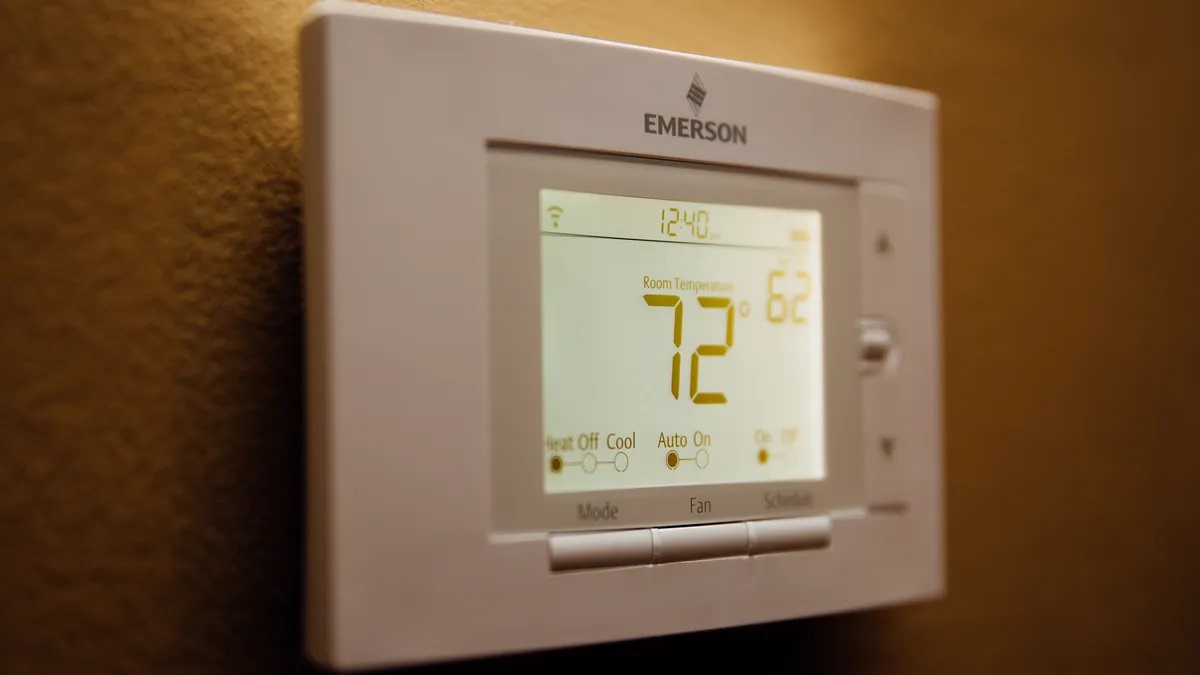

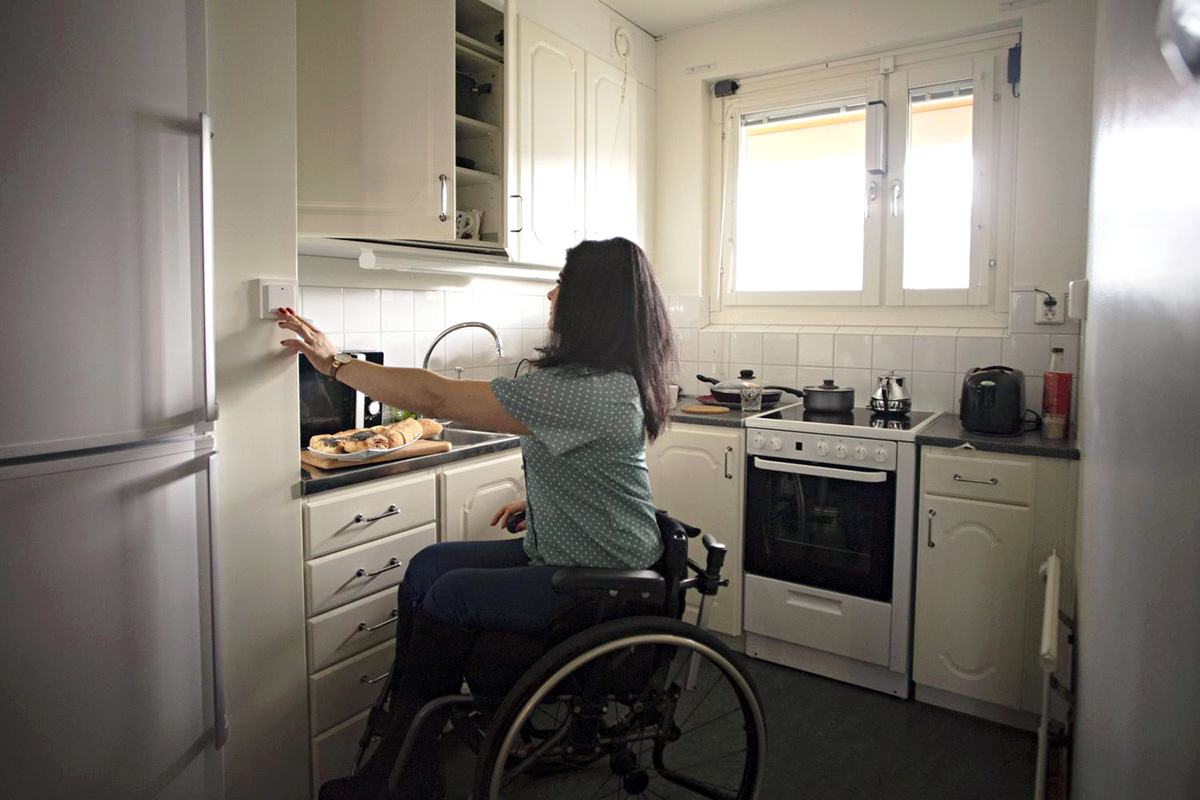
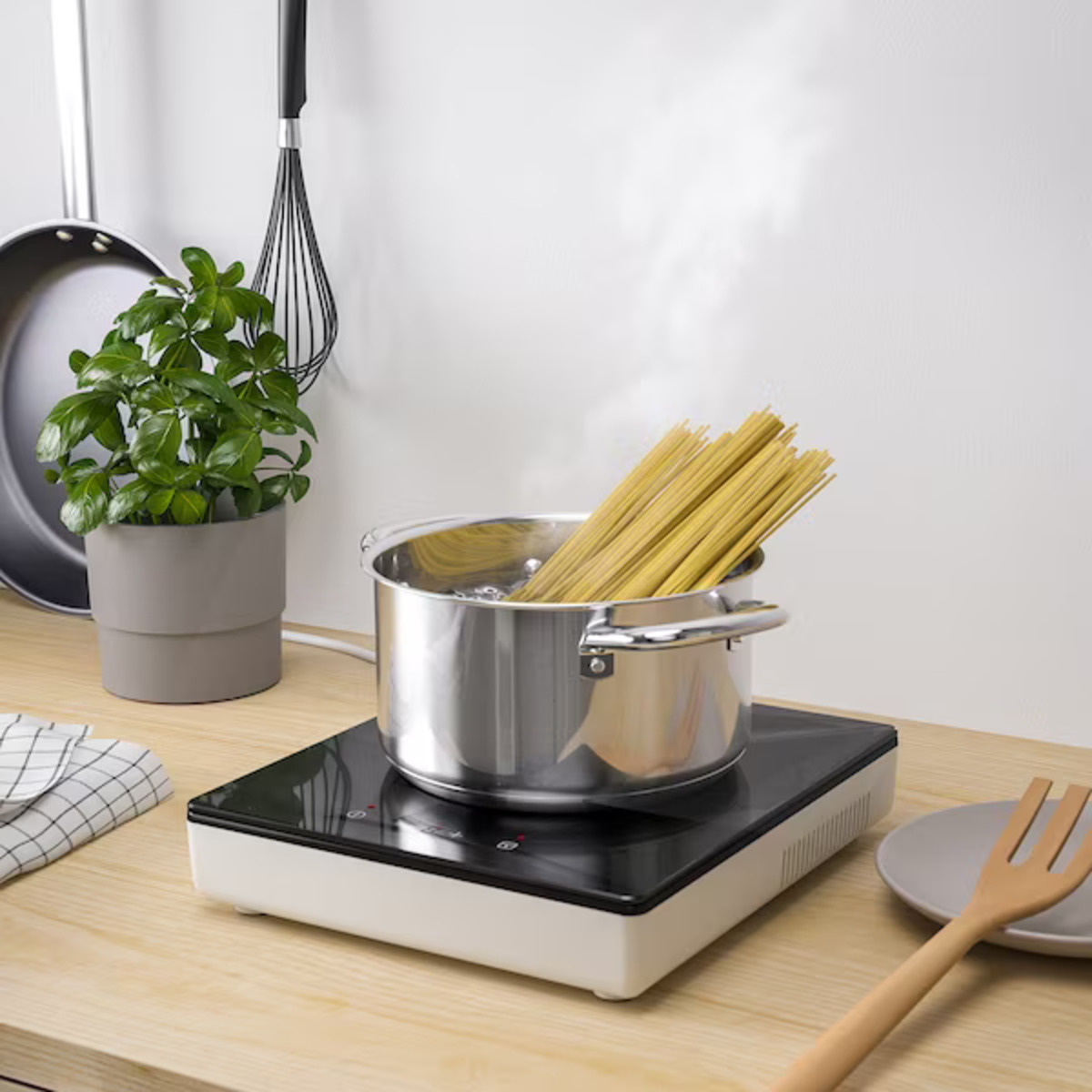
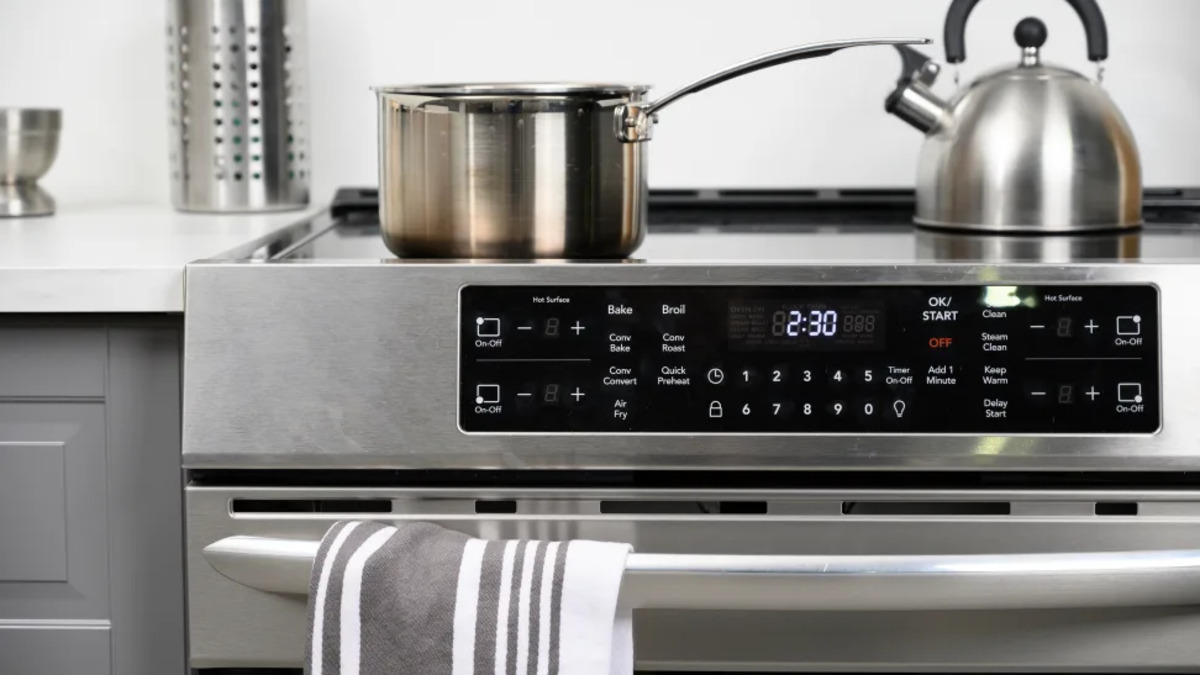
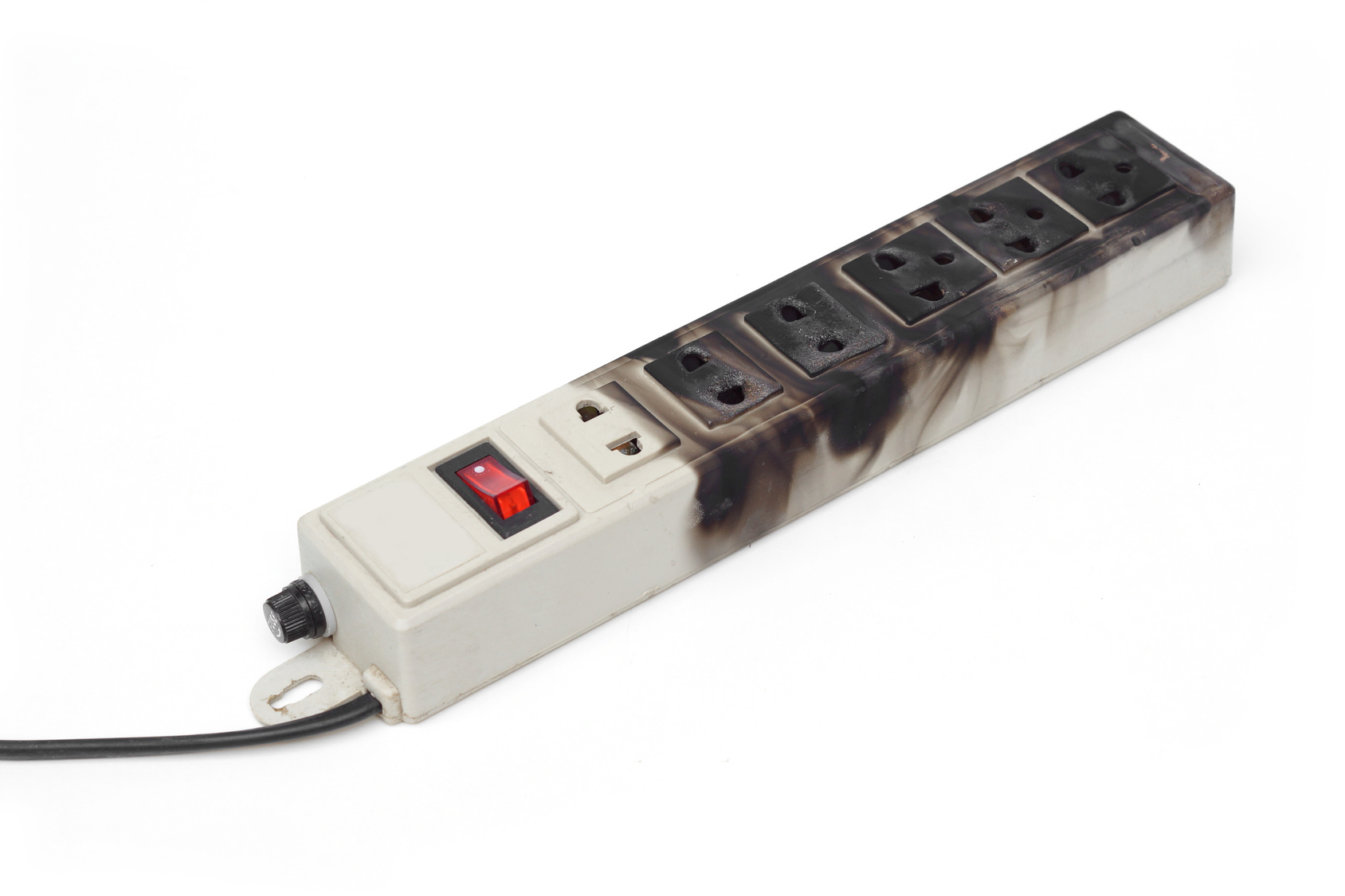

0 thoughts on “How Do You Know If You Have An Induction Cooktop”